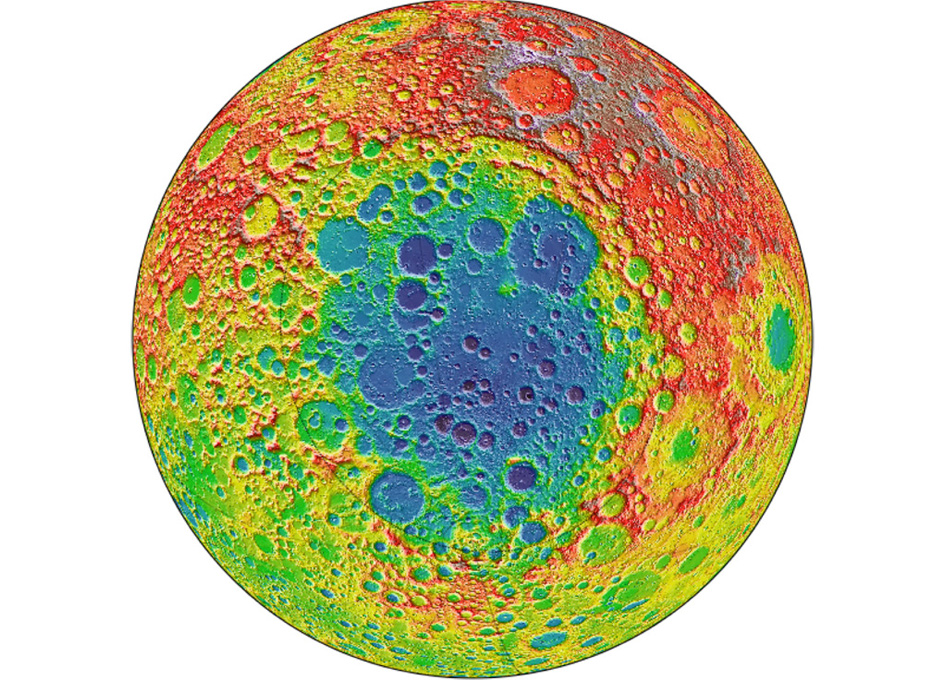Lunar Science Debate: China’s Chang’e-6 Mission and the Age of the Moon
A year after China successfully retrieved the first rock samples from the moon’s far side, scientists around the world are engaged in a heated debate over whether the Chang’e-6 mission has provided answers to one of the most critical questions in lunar science. This question revolves around the age of the moon’s largest and oldest crater, the South Pole-Aitken (SPA) basin, which could hold vital clues about the early solar system.
Chinese researchers believe they have made significant progress in determining the age of this massive impact basin. Their findings suggest that some of the rocks collected by the Chang’e-6 mission are approximately 4.25 billion years old, significantly older than previously estimated. However, this conclusion is not universally accepted, particularly among Western scientists who remain skeptical about the accuracy of the data.
Some experts argue that the ancient rocks might have originated from a different impact event or even from magma that cooled underground rather than from an asteroid collision. These alternative explanations challenge the claim that the samples directly reflect the formation of the SPA basin.
Despite these doubts, Chinese scientists maintain that their results are based on direct evidence collected from the SPA basin, making them more reliable than previous methods such as crater counting or meteorite analysis with uncertain origins. Yang Wei, a planetary scientist at the Institute of Geology and Geophysics in Beijing, emphasized that while the 4.25-billion-year age may not be 100% certain, it represents the most credible estimate available.
The research findings were initially submitted to the prestigious journal Nature for peer review but were rejected twice by a panel dominated by Western scientists. Eventually, the paper was published in National Science Review, a Chinese-based journal. Four other studies detailing the chemical composition, water content, and volcanic and magnetic history of the lunar far side were published in Nature’s print edition.
A Chinese scientist familiar with the review process, who wished to remain anonymous due to the sensitivity of the matter, suggested that some Western scientists may have been reluctant to accept that Chinese researchers could solve such a significant scientific problem. “They didn’t want China to be the one to pin down the age of the SPA basin,” the scientist said. “But it doesn’t matter. The paper is published, and time will tell.”
In the National Science Review study, researchers from the Chinese Academy of Sciences analyzed norite, a type of rock composed of two common lunar minerals. Radiometric dating revealed two distinct age groups of norite particles in the Chang’e-6 samples. One group was about 3.87 billion years old, consistent with known impact events like Apollo or Schrödinger. The other group was much older—4.25 billion years. The researchers argued that this older group likely originated from the formation of the SPA basin, as the samples were collected within the basin and no older impact signals were detected.
However, some scientists, including Clive Neal, a planetary geologist at the University of Notre Dame, question the identification of the rocks as true norites. He suggests they may be impact melts with a similar mineral composition. Neal also points out that the 4.25-billion-year age is younger than what crater-counting models and radiometric data from SPA-linked meteorites had indicated. He believes the team may have uncovered evidence of a major impact, possibly the one that created the Apollo basin.
Qian Yuqi, a planetary geologist at the University of Hong Kong, notes that the 4.25-billion-year age is close to the lower limit of the SPA basin’s possible age. According to a paper Qian and colleagues published in early 2024, extensive intrusive magmatism is common in the SPA basin. This suggests that the rocks analyzed by the Chinese team may not have come from an impact at all.
The five papers emerging from the Chang’e-6 sample analyses reveal a new chapter in the moon’s history. According to Yang, this history began more than 4.2 billion years ago when a 500-km-wide asteroid struck the lunar far side. The impact created a massive basin and melted part of the moon’s deep interior, forming what the researchers call the SPA impact melt rock. This rock tells a story of both ancient violence and surprising resilience, as the moon’s mantle, stripped of water and key elements, somehow erupted again 2.8 billion years ago.
Following the Chang’e-6 mission’s return of nearly 2kg of samples from the moon’s far side, the China National Space Administration announced plans to open access to international researchers. While it may take time to prepare the samples for global distribution, this move could allow for independent testing of one of lunar science’s biggest questions.







